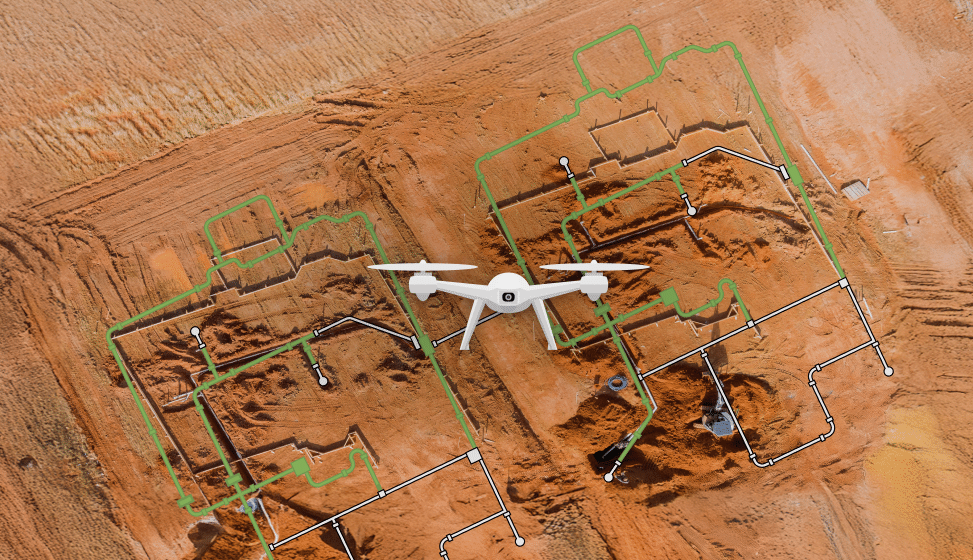The Jenga Effect Securing Your Project Against Sequence Breaks

Remember Jenga?
The children’s game where players take turns removing one block at a time from a tower constructed out of small, wooden bricks? Pulled out one by one, until the entire tower is on the verge of collapse?
Construction is very much like Jenga. Each party on-site can easily disrupt an entire project just by leaving tasks incomplete or making mistakes, triggering future slowdowns and potential delays. Just like during the game, any gaps or disruption can disturb your workflow, slowly but surely bringing your project down. But there's a solution and this blog entry is here to explore it.
Monitoring Work Continuity, Incomplete Work, And Sequence Breaks
Let’s look at the facts, first of all: Due to enormous time constraints on site and the high pressure coming from all angles and stakeholders, subcontractors often tend to prioritize keeping things moving – even if it means breaking up a planned sequence, disregarding an error or leaving behind loose ends.
The pressure to move on to the next task is too high in order to stop and readjust – and without automated progress tracking tools, construction managers will face the nearly impossible task of playing catch-up: Have all incomplete works been detected? Who is working where? No errors went unnoticed? Can we go ahead with our planned activities sequence?
It All Adds Up
This lack of control and visibility is all-too-common in construction – and it has serious consequences. When subcontractors repeatedly break the planned order of actions and processes, it causes issues for the entire supply chain and each and every schedule.
The following trades cannot begin their work on time, procurement is incomplete, and work areas remain blocked. Eventually, delays are mounting, usually when it's too late to proactively readjust the course of action or intervene on time. Remember our Jenga tower collapsing?
That’s the consequence of these increasing gaps.
Measuring Efficiency For Enhanced Outcomes
As indicated in Buildots’ 2023 Construction Inefficiencies Report, project timelines – and sticking to them – can be improved by optimizing underlying efficiency factors and tackling problems that are deeply ingrained in our current processes.
The graph below demonstrates the correlation between ‘Return Visits’, caused by incomplete work sequence breaks, and general project delays. Projects with 50% fewer return visits experienced up to 5 times fewer delays, highlighting the productivity gains achievable when tasks are completed on the first go. But how can we get there?
The key lies in accurate data from the site: precise insights combined with leading metrics cannot only prevent this cascading effect, but boost site productivity to new heights while pushing us to optimize as we move forward.

Reclaim Control: Buildots' Performance-Driven Construction Management
Buildots Performance-Driven Construction Management (PDCM) marks a shift in how we currently manage construction projects. The combination of precise data analysis, consistent measurement, and reliable metrics empowers both teams and managers to proactively step in on time and keep workflows consistent – all the while improving their processes and learning from their mistakes. Traditional pitfalls often don’t stem from external events but from a lack of visibility.
We can only improve what we can measure.
We can only measure if we are provided accurate data we can trust.
Sequence breaks, incomplete work, and quality issues are inevitable, but as long as we catch them early, we can save our timelines. It's not just about project control; it's about strategic intervention, and securing a robust Return on Investment.
Want to see how Performance-Driven Construction Management (PDCM) can improve your project management approach? Explore our detailed whitepaper and learn how leading contractors worldwide have leveraged this practice to become the most proactive managers they can be.




